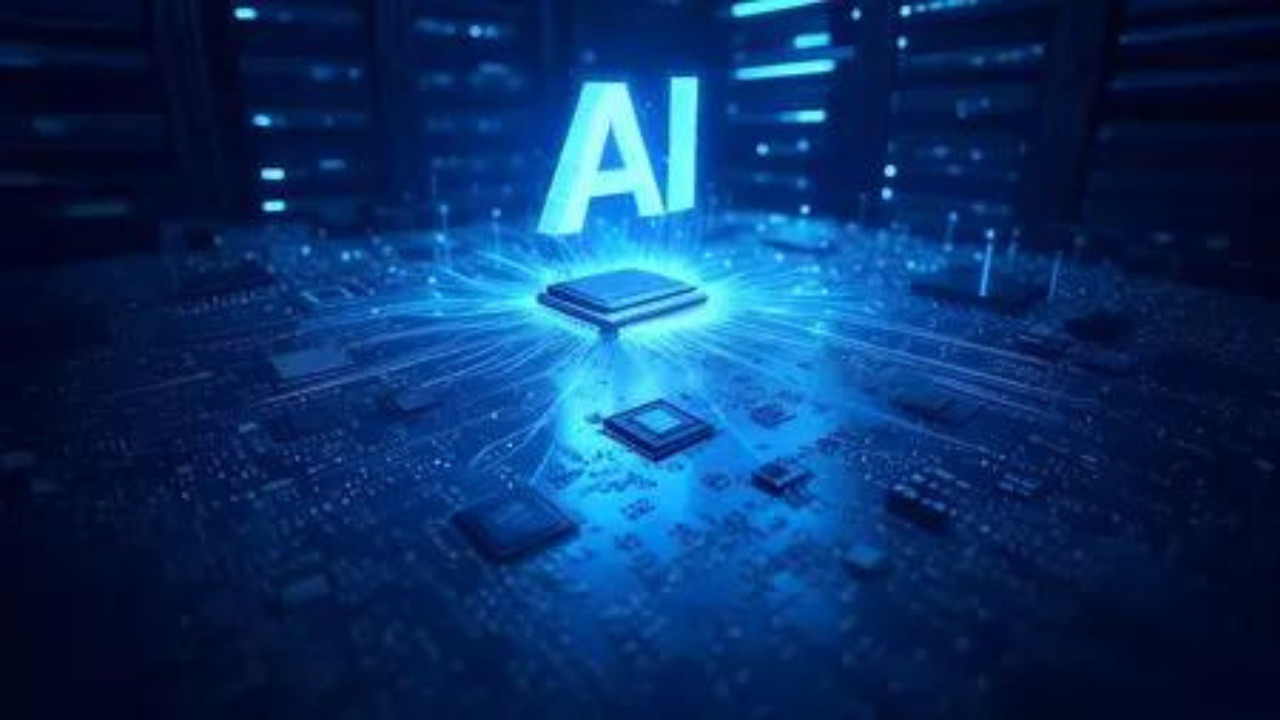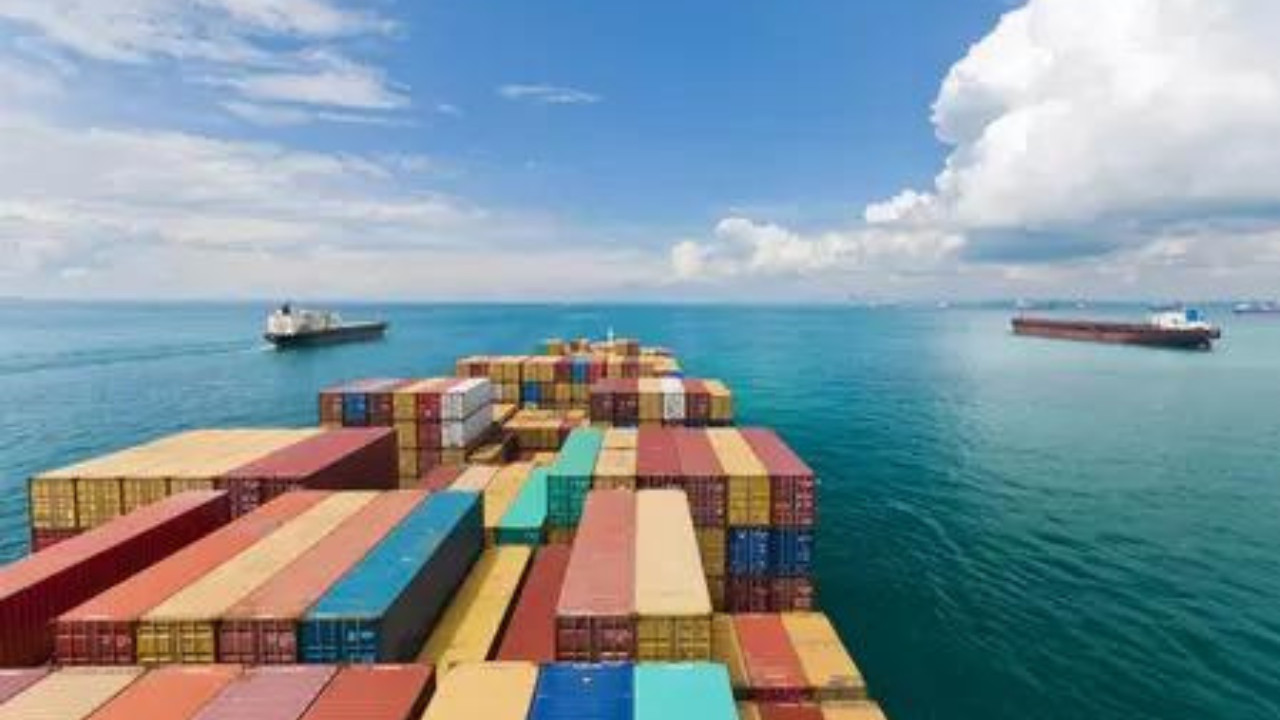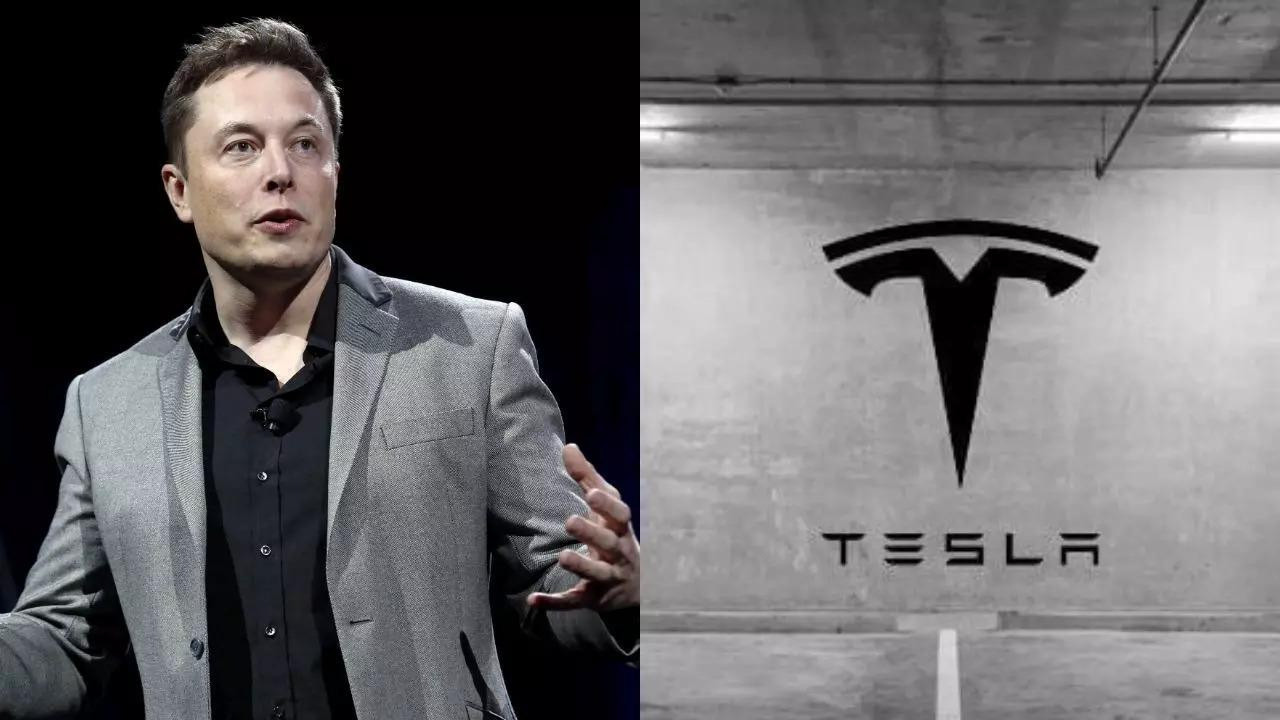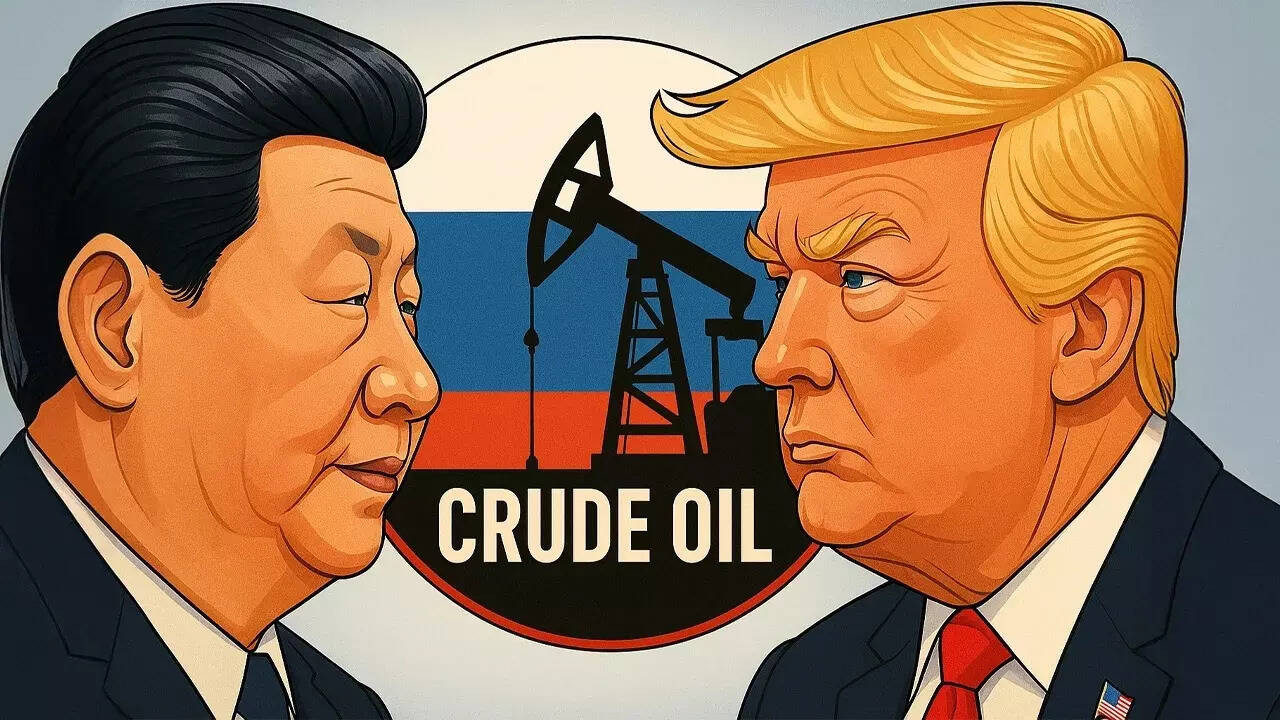A NITI Aayog report projects that AI adoption could boost India’s GDP by $500-600 billion by 2035, enhancing productivity across sectors. Financial services and manufacturing are poised to benefit significantly, with potential contributions of 20-25% to their GDP. The report emphasizes AI’s role in achieving ‘Viksit Bharat’ by driving economic growth and innovation.
AI: India’s Unlikely Growth Engine? A $600 Billion Bet
India’s economic trajectory is often described in superlatives: booming, burgeoning, and breaking records. But what if the next wave of growth isn’t just about manpower or manufacturing, but about something far more revolutionary: artificial intelligence?
A recent NITI Aayog report paints a compelling picture – one where AI isn’t just a futuristic fantasy but a tangible driver of economic prosperity. Their projection? A staggering $500-600 billion boost to India’s GDP by 2035. That’s not pocket change; that’s a transformative injection of capital that could reshape the nation’s economic landscape.
But how exactly does AI become such a powerful economic lever? It’s all about efficiency, innovation, and optimization. Imagine AI-powered systems streamlining complex financial transactions, optimizing manufacturing processes, or even revolutionizing agricultural yields. The possibilities are truly boundless, and the report delves into the sectors poised to benefit the most.
Financial Services and Manufacturing: The AI Frontrunners
The NITI Aayog report highlights financial services and manufacturing as the prime candidates for AI-driven transformation. Think about it: in finance, AI can power sophisticated fraud detection systems, personalize customer experiences, and automate complex trading algorithms. This translates to reduced risk, increased efficiency, and ultimately, higher profits.
In manufacturing, AI can optimize production lines, predict equipment failures before they happen (leading to less downtime), and even design new, more efficient products. This isn’t just about replacing human workers; it’s about augmenting their capabilities and creating a more streamlined, productive industrial ecosystem.

These aren’t just theoretical benefits. Many Indian companies are already experimenting with AI solutions, and the early results are promising. From fintech startups using AI to assess credit risk to manufacturing giants employing AI-powered robots on their factory floors, the seeds of this revolution are already being sown.
Building the AI Ecosystem: Challenges and Opportunities
Of course, realizing this ambitious vision won’t be easy. India faces several key challenges in building a robust AI ecosystem. One major hurdle is access to data. AI algorithms thrive on data, and India needs to ensure that its vast troves of data are accessible, standardized, and ethically used.
Another challenge is talent. India needs a skilled workforce capable of developing, deploying, and maintaining AI systems. This requires significant investment in education and training, as well as attracting and retaining top AI talent from around the world. There is also the question of infrastructure. Robust computing power and reliable internet connectivity are essential for supporting AI applications, especially in remote areas.
However, these challenges also present opportunities. By addressing these issues strategically, India can position itself as a global leader in AI development and deployment. This includes fostering public-private partnerships, investing in research and development, and creating a regulatory environment that encourages innovation while protecting consumer rights. Investing in robust cybersecurity will also be paramount. Think about the complexities of AI solutions within the agricultural sector – it will not only require infrastructure and talent, but a plan to protect that infrastructure.
AI for ‘Viksit Bharat’: A Vision for a Developed India
The NITI Aayog report is intrinsically linked to the vision of ‘Viksit Bharat’ – a developed India. AI, if implemented thoughtfully and ethically, can be a powerful tool for achieving this goal. It can help accelerate economic growth, improve public services, and address some of India’s most pressing social challenges.
This isn’t just about technology; it’s about people. It’s about using AI to create a more inclusive, equitable, and prosperous society for all Indians. And how that plays out over the next decade will be critical. For instance, if manufacturing leads the way in AI, we could potentially see changes in infrastructure needs within the next 5 years. You can read more about this and related topics here.
The path to an AI-powered future won’t be without its bumps, but the potential rewards are simply too great to ignore. By embracing AI strategically and addressing the challenges head-on, India can unlock a new era of economic growth and development. The $600 billion question is, will India seize this opportunity? The answer, as always, lies in the choices we make today.






